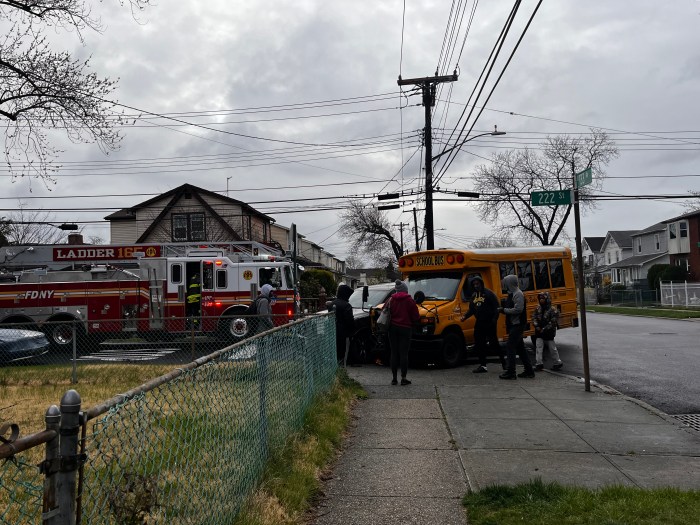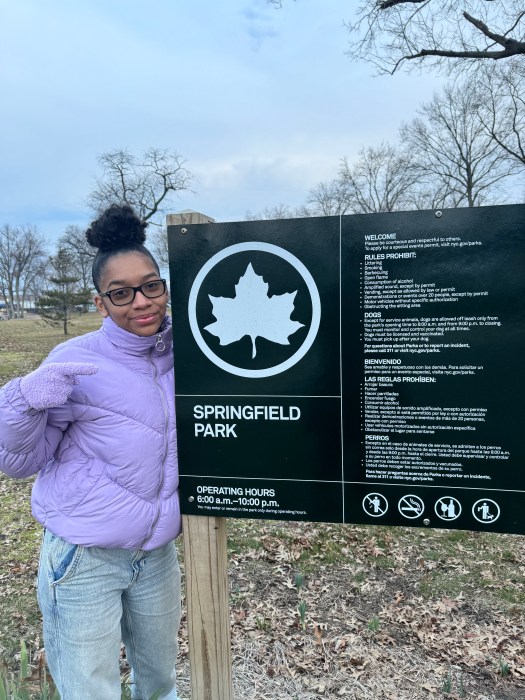Over the past few years, developers have been knocking down many of Laurelton’s low-scale one- and two-family homes, replacing them with multi-family structures. Laurelton residents complain that these new homes have threatened the character of their neighborhood and brought in more people, which has caused overcrowding and put a strain on Laurelton’s resources.
In response to these complaints, the Department of City Planning began developing a proposal to rezone the neighborhood by reducing residential density in order to prevent a further developers’ onslaught. On September 4, the new zoning was officially approved after a unanimous City Council vote, said City Planning Commissioner Amanda Burden.
The new zoning covers 220 blocks generally bounded by Montefiore Cemetery and 121st Avenue to the north, Laurelton Parkway to the east, South Conduit Avenue and Belt Parkway to the south and Springfield Boulevard to the west.
“I feel like a fighter coming out of one of his biggest fights,” said Councilmember James Sanders, who represents the community and, together with local civic groups, was involved with the rezoning. “We were battling for the soul of Laurelton. The sleazy developers had descended upon our community.” This descent is pronounced to the south of Merrick Boulevard, where under the old zoning, known as R3-2, building multi-family structures was permitted, said Sanders.
It was the time of the housing boom, so developers took advantage of the lax zoning, in place since 1961, by buying one or several adjacent lots, tearing down the one- and two-family homes there and replacing them with multi-family residences, Sanders explained.
The new multi-family homes attracted more residents to Laurelton. “You have more people waiting for the bus, more people crowding into the classrooms, without the accompanying social services,” Sanders said.
Besides causing space scarcity, the overcrowding has also strained the neighborhood’s 70-year-old sewers and other components of its infrastructure, said Richard Hellenbrecht, chairperson of CB 13.
The new zoning, which calls for lower residential density, is intended to prevent more instances of this problem and preserve the original low-scale character of this middle-class bedroom community.
This in effect means that if you tear down a one-family home, you can only replace it with a one-family structure; if you knock down a two-family house, you are only allowed to put a two-family building in its place, Sanders explained.
The new zoning also permits residential construction on Merrick Boulevard, between Springfield Boulevard and 225th Street, a strip which was commercially zoned in the past, information from City Planning reveals. These blocks are now lined with auto repair businesses as well as vacant and underutilized storage spaces; the idea is to replace them in the long run with low-scale residential structures.
Finally, the new zoning stipulates reducing the depth of the commercial overlay district, which has been superimposed onto the residential one to encourage mixed-use growth, along Merrick Boulevard, between 225th Street and Laurelton Parkway. In the past, this overlay allowed commercial structures to go up to 150 feet into the street - now it has been reduced to 100 feet in order to prevent commercial uses from intruding upon residential side streets, according to City Planning.
The type of rezoning implemented in Laurelton - one that is intended to preserve the original appearance of the blocks - was also undertaken in nearby Cambria Heights and Brookville a couple of years ago.






























